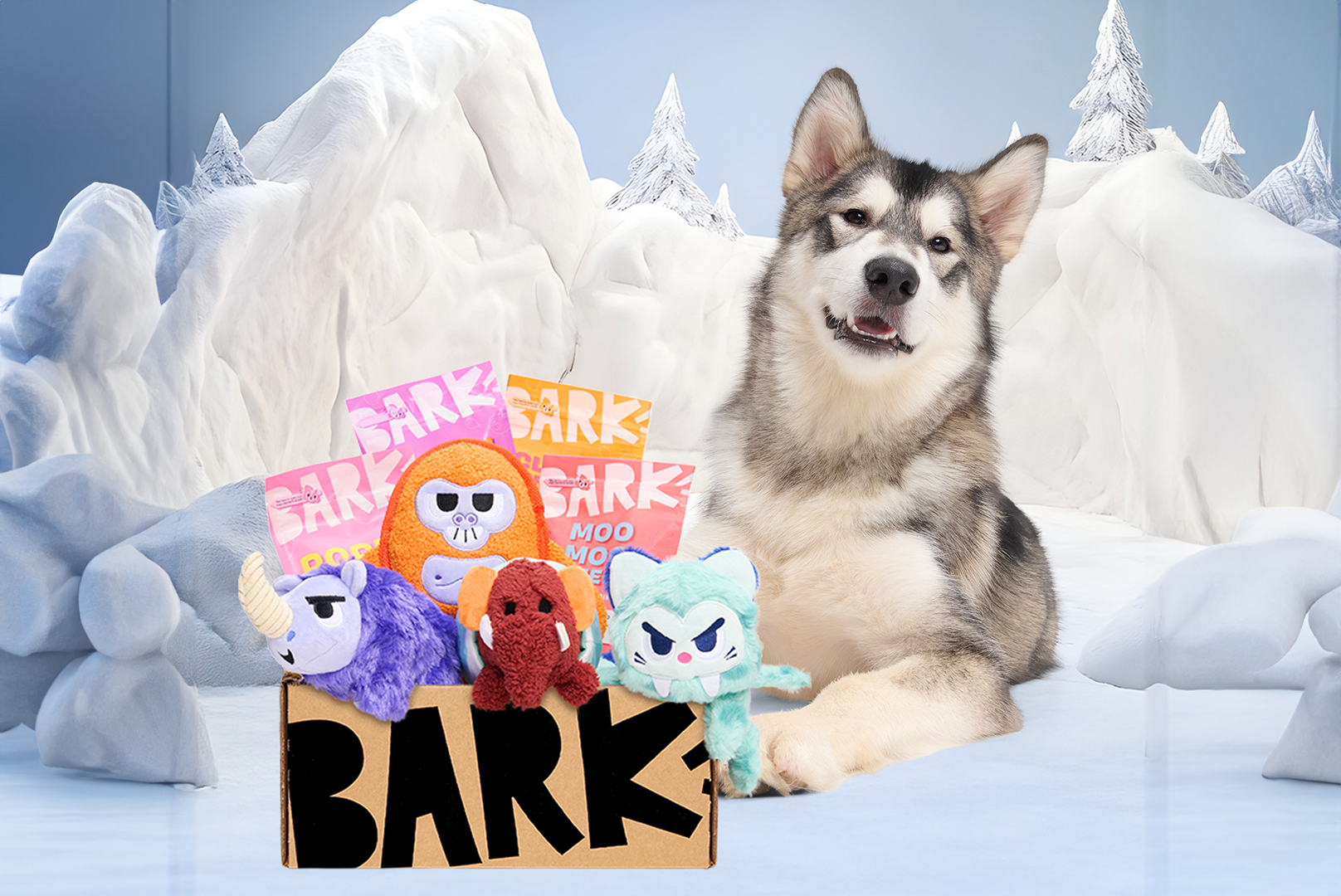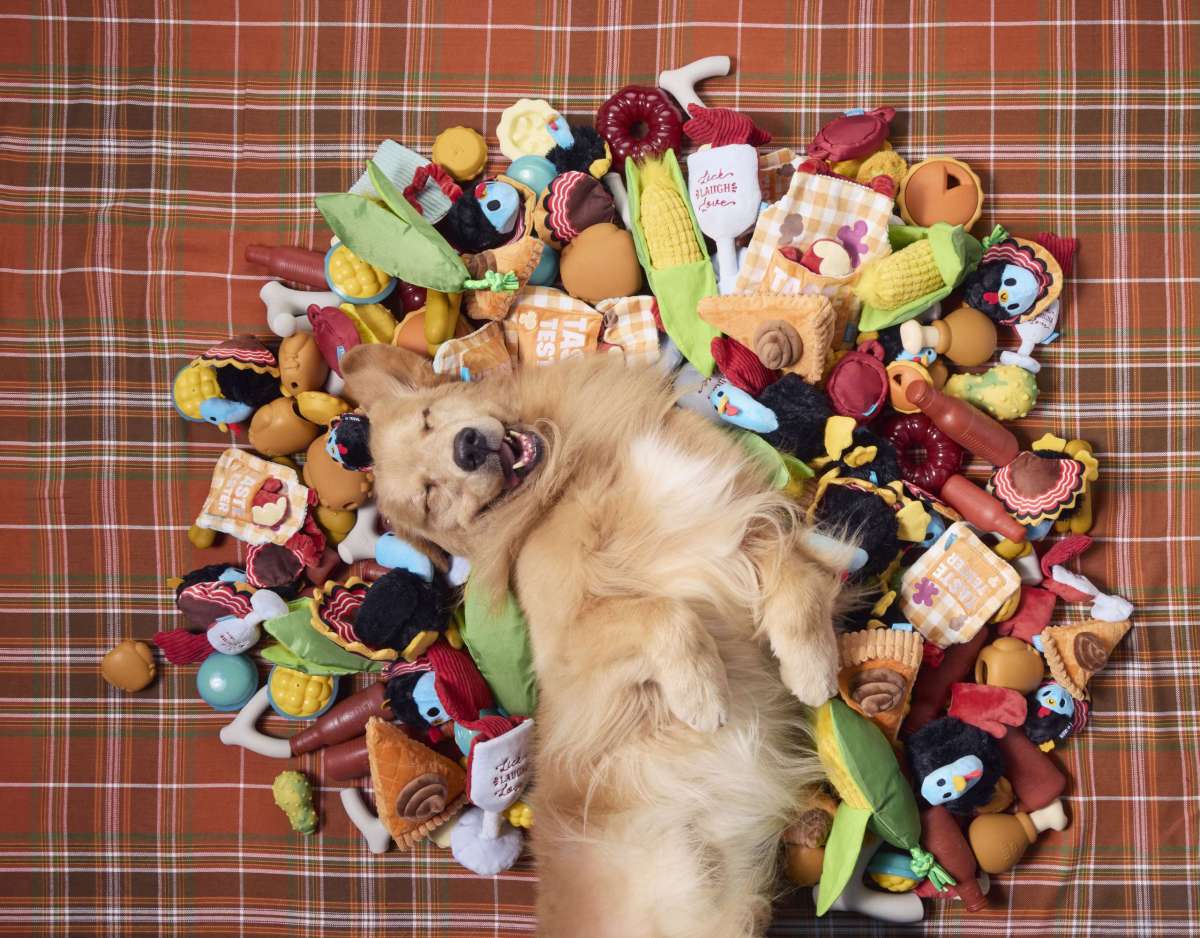The Akita dog is pretty and powerful, with a proud disposition and a bear-like face. Don’t be intimidated by their imposing looks. This breed is kind, gentle, playful, and eager to find a place in a loving home.
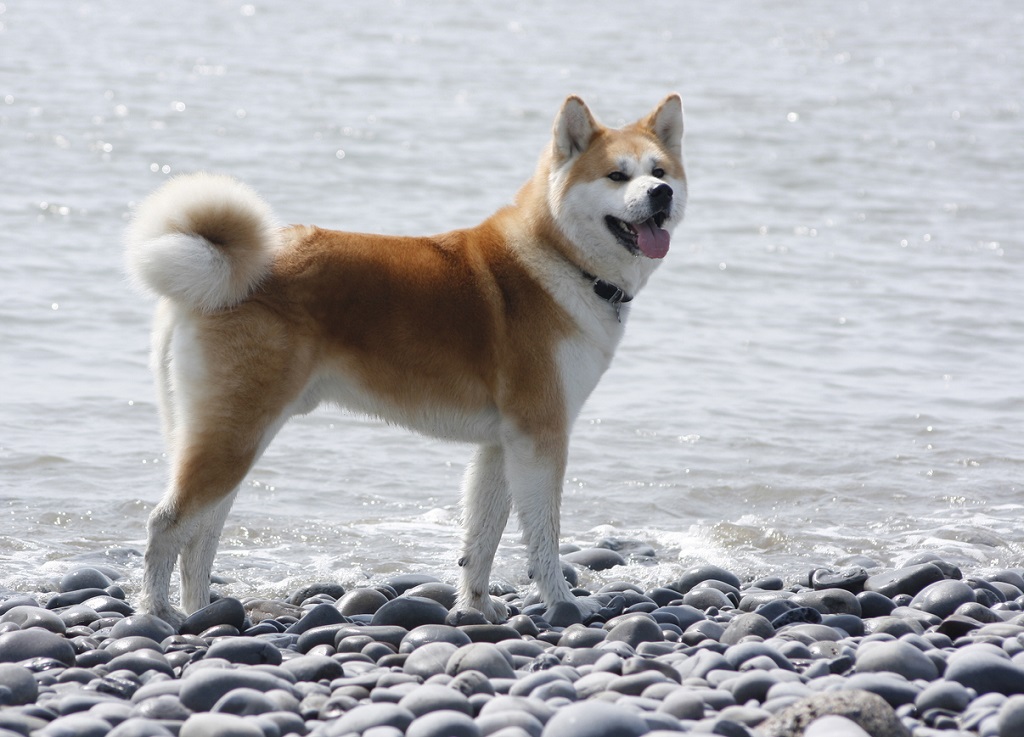

With pointy ears, big fluffy tails, and deep, dark eyes, these dogs look straight out of a fantasy movie. Akitas are calm, family-oriented, and fearless protectors, making them a perfect fit for households looking for companionship. Plus, they’re just plain majestic. Can’t you imagine this beautiful breed standing on a mountainside overlooking a sunset? Seriously, someone put this puppy on a postcard.
Breed Overview
Also Known As…
Akita Inu, Akita-ken, Kita. Hachikō. The national cutie of Japan.
What Is The History Of The Akita?
This breed earns its name from its home city, Akita, a northern Japan port on the island of Honshu. In 17th-century imperial Japan, these dogs served as palace guards and loyal companions to members of the royal court.
But Akitas weren’t just hanging out with nobles. They served as trusted hunting dogs, leading their masters through tricky terrain and sniffing out wild game, including birds, bears, and deer. You can find them among the ranks of game-hunting breeds like the English foxhound, Chesapeake Bay retriever, and beagle.
Akitas remained pets of royalty for several decades, but, fortunately for us, they eventually found their way into the homes (and hearts) or common folk. The Akita’s place in culture expanded as well. Small Akita figurines became common gifts for newborns, and tales of this breed’s loyalty and devotion spread throughout the country. Unfortunately, the dog breed came close to extinction in the early 20th century. After noting this issue, dog enthusiasts in Japan worked to ensure the breed’s future by forming the first-ever Akita breed club.
American author and activist Helen Keller also earned the distinction of introducing the dog breed to the US. After visiting Japan in the 1930s, Keller was gifted a young Akita, which she brought back to the states. It was only a decade later when soldiers began returning home from WWII with the working dog breed, and soon Akitas began popping up across the globe.
Beloved and honored in Japan, the Akita has become a national monument of the country, and after more than 200 years of love, we’re happy that people everywhere have the opportunity to get to know this breed. The Akita earned its American Kennel Club distinction in 1972, and the American Akita breed continues to impress dog lovers with its stunning looks and kind nature.1
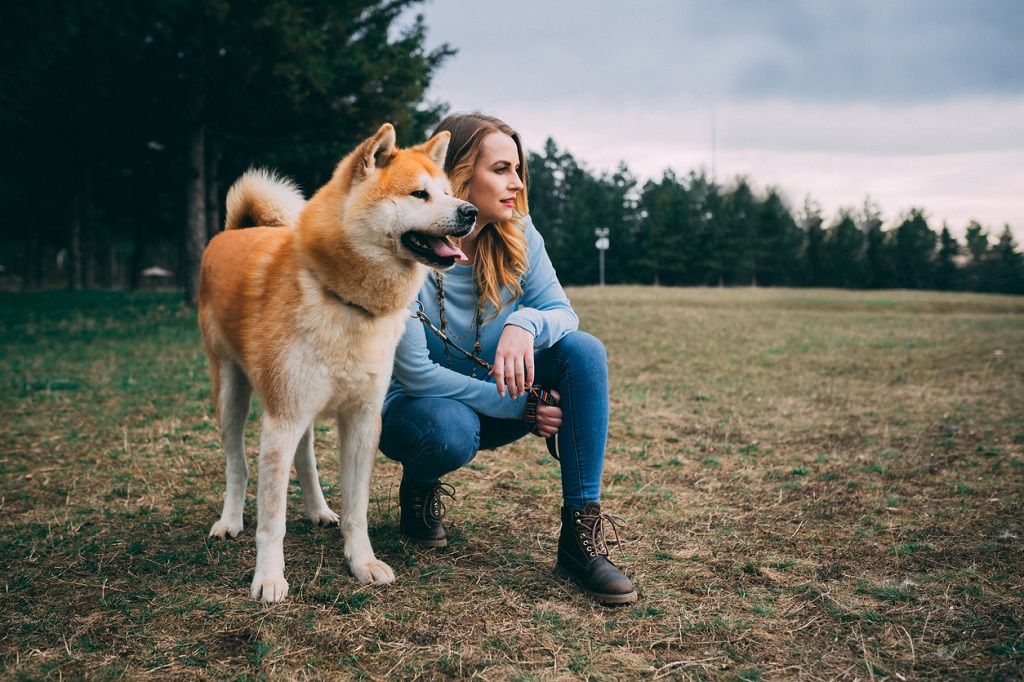

How Big Do Akitas Get?
Height: 24-28 inches
Weight: 70-130 pounds
How Long Do Akitas (Generally) Live?
The average lifespan of an Akita is between 10 and 14 years, just like its counterpart, the Shiba Inu. With plenty of love, regular checkups, and a quality diet, Akita owners could see their adult dog living several years longer.
What Is An Akita’s Temperament & Personality Like?
These dogs don’t act like the royalty they are. Instead, they’re equally independent and silly. You might see your Akita puppy act like a guard dog in front of a stranger, only to roll over and beg for belly rubs seconds later. Because they’re loyal guard dogs, they might have a little trouble with new people, but with proper training, you can expect a calm and social animal.
Akitas can make some noise, but typically they’re quiet and reserved—unless you’re actively trying to rile them up. In that case, they’re ready to play. Most importantly, this is a loving breed. Akitas stick to their Akita owners like glue and occasionally get a little upset when they have to say goodbye to their favorite people (think golden retriever or German shepherd levels of clingy, in the best way).
Are Akitas Good With Kids? Cats? Dogs?
You’ll need to be proactive when introducing your Akita puppy to children. These dogs are proud and protective. If an Akita feels threatened or uncertain, they may react with aggression. Beyond that, they can be big. Watch out that your pup doesn’t knock over a small, unsuspecting child while you’re not looking.
Proper training, calm introductions, and proactive thinking are the best ways to ensure all your furry friends and human kiddos get along splendidly. It may come down to individual pet personalities, but if you’re determined, you can work to forge beautiful bonds between Akitas, your little ones, and other animals.
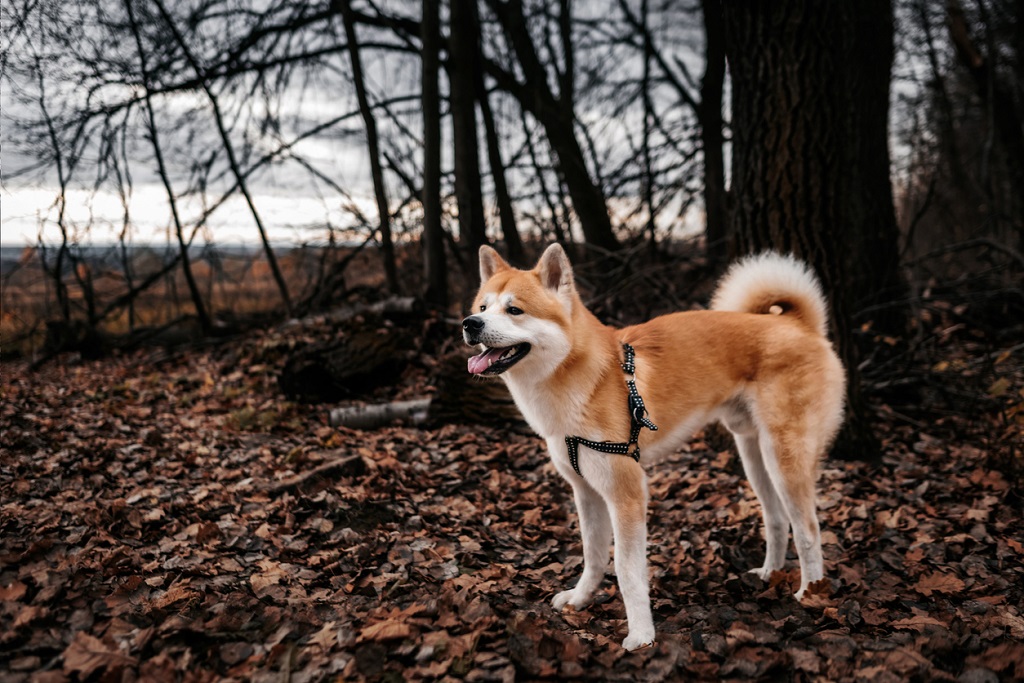

Are Akitas High Energy?
You might call an Akita “calmly energetic.” It sounds like an oxymoron, but we’d prefer to think of Akitas as complex. They require moderate daily exercise—at least an hour—but they’re not going to be bouncing off the walls. Typically, they like long walks, playing, training, or even a short swim.
Are Akitas Hard To Train?
Akitas have strong personalities, there’s no doubt about that. This breed might take a few lessons to pick up the fundamentals, but Akitas are smart enough to learn just about anything. Keep your treats handy, and be sure to praise every good thing your pup does during your training sessions. Show them hard work pays off, and they’ll be putty in your hands.
Do Akitas Have Health Issues?
Generally, Akitas are very healthy animals and remain energetic well into adulthood. Still, all dogs can experience dog health problems, regardless of how rock solid they seem.
In general, Akitas are predisposed to conditions including:2
- Hip dysplasia – For larger breeds, joint issues can become a problem. These towering dogs put a lot of stress and strain on their knees and elbows. If you’re noticing mobility issues or limping, it may be time to talk to a vet and investigate treatment options.
- Hypothyroidism – Typically discovered through routine blood testing, hypothyroidism results in hormonal imbalances that can impact your adult dog’s overall health. Fortunately, oral medications are available to help manage hypothyroidism, and with proper monitoring, your Akita can still live a long and happy life with this condition.
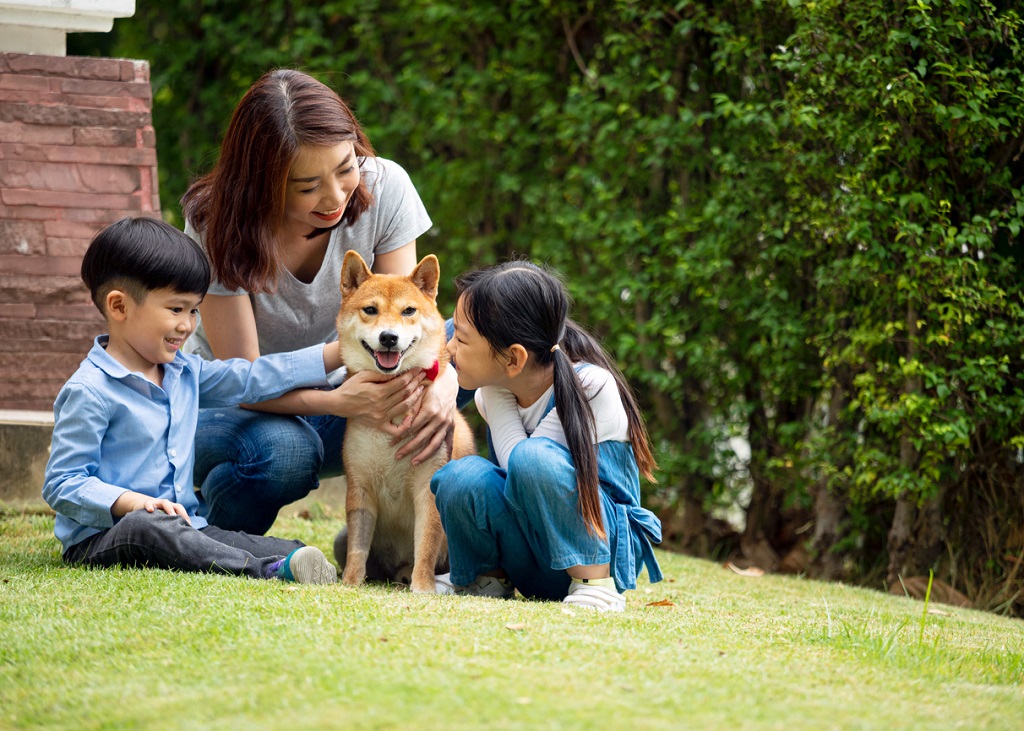

Do Akitas Need To Be Groomed?
Akitas need a bit of grooming attention to maintain their glorious double coats—think weekly brushing and monthly baths. Additionally, you’ll want to clean your dog’s ears, clip their nails, and brush their teeth. You want your majestic pup to look its best, right?
If your schedule’s a little too busy to keep up with your Akita’s regular maintenance, don’t hesitate to seek out a professional. Find a local groomer and drop your working dog off for a day at the spa. You can look forward to seeing (and not smelling) their beautiful coats.
How Much Does It Cost To Care For An Akita?
Owning an Akita is a treat, but it is an added expense to consider. Expect to spend $700 to $1200 a year caring for your fluffy friend. It’s well worth it to bring home such a delightful dog.
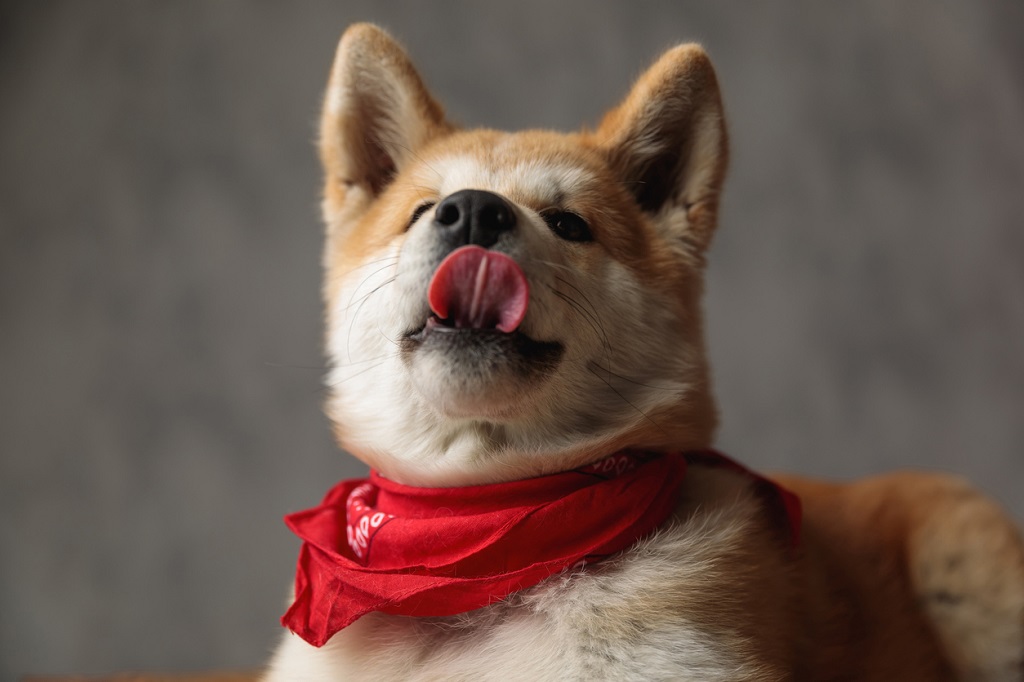

Food
Akitas can eat. Don’t just take our word for it. A full-grown Akita will eat 4-6 cups of food per day, adding up to $60 to $120 every month.
Don’t settle for store-bought when you can have custom-formulated Akita food from BARK, shipped straight to your door every month. There’s no running out with monthly subscriptions, and we’re positive that your Akita will appreciate a meal made just for them. Use code 25FOOD for 25% off your first order and free shipping.
Routine Vet Care (Healthy Dog)
Your Akita might not love visiting the vet, but regular checkups are a crucial part of keeping them healthy. A checkup will typically cost around $50. That said, you may spend more on bloodwork, treatments, or regular medication, depending on the needs of your pup.
Preventative Medications For Akitas
This breed doesn’t need anything fancy. Just the standard flea, tick, and worm preventative ($150–$300 per year), plus standard vaccinations (between $75 and $100).
Akitas Grooming
You don’t need golden sheers to make your dog look like a million bucks. Brushes, combs, shampoos, and clippers are fairly inexpensive (under $100 total). With a good set of tools, you can keep your Akita looking and feeling great for cheap.
If you’re looking into professional groomers, services and costs vary. For a standard trimming and cleaning, you may spend $50 to $100, depending on your location.
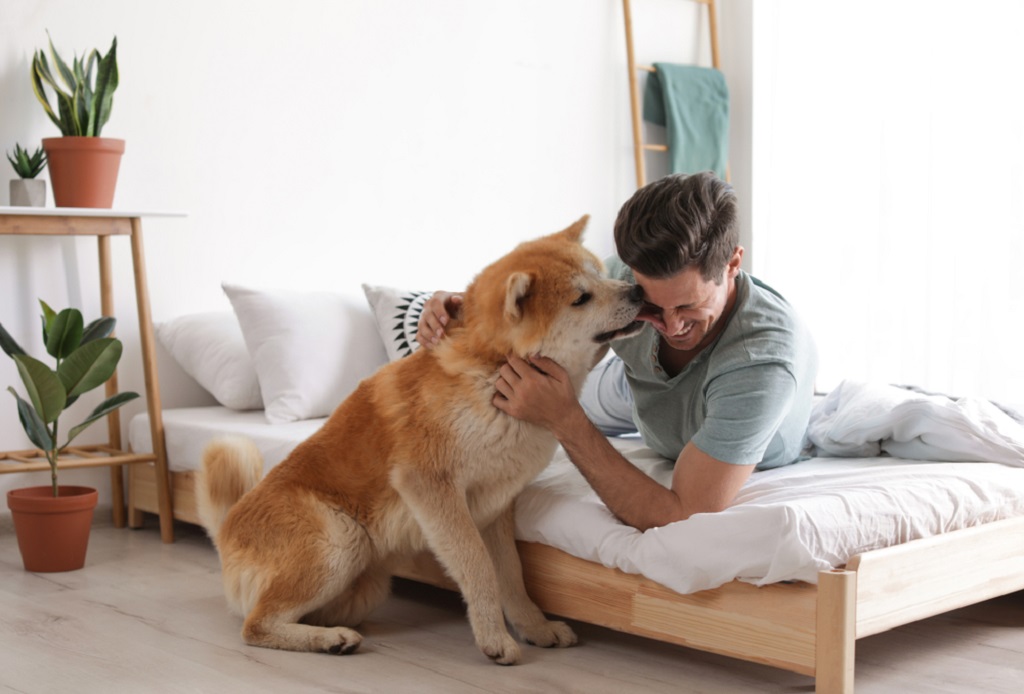

Toys, Treats, Beds, & Accessories
Ready for the best part? It’s time to hit your favorite doggy supply stores to pick up the little goodies your Akita can’t live without. Start with the basics—collar, dog bowl, leash, and so on—and go from there—bones, balls, ropes, and chews. You might need to experiment to discover what your Akita likes best.
Sick of running to the store every time you need something new for your pooch? BarkBox delivers hand-picked toys, treats, and chews to your door for only $23/month. Treat your Akita to something they can really sink their teeth into with the Super Chewer subscription. For $29/month, they can enjoy 2 tough toys, 2 bags of treats, and 2 super chews. DOUBLE YOUR FIRST BOX FOR FREE!
Don’t forget the other essentials for welcoming your Akita into your home. Whether you’re on the go or at home, you (and your dog) will appreciate accessories like:
- Doggy bed ($50–$100)
- Crate ($50–$100)
- Car seat cover ($40–$100)
Ready to dive into life with this spectacular breed? Plan ahead, set your budget, and get ready for a world of fun with your Akita.
Sources:
- American Kennel Club. Akita. https://www.akc.org/dog-breeds/akita/
- PetMD. Akita Dog. https://www.petmd.com/dog/breeds/c_dg_akita
- Britannica. Akita. https://www.britannica.com/animal/Akita-dog


